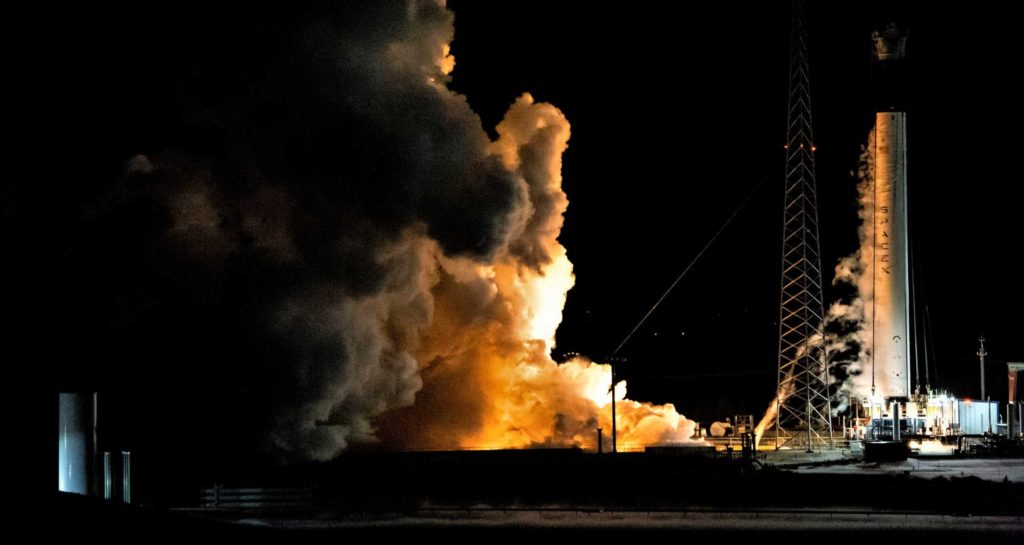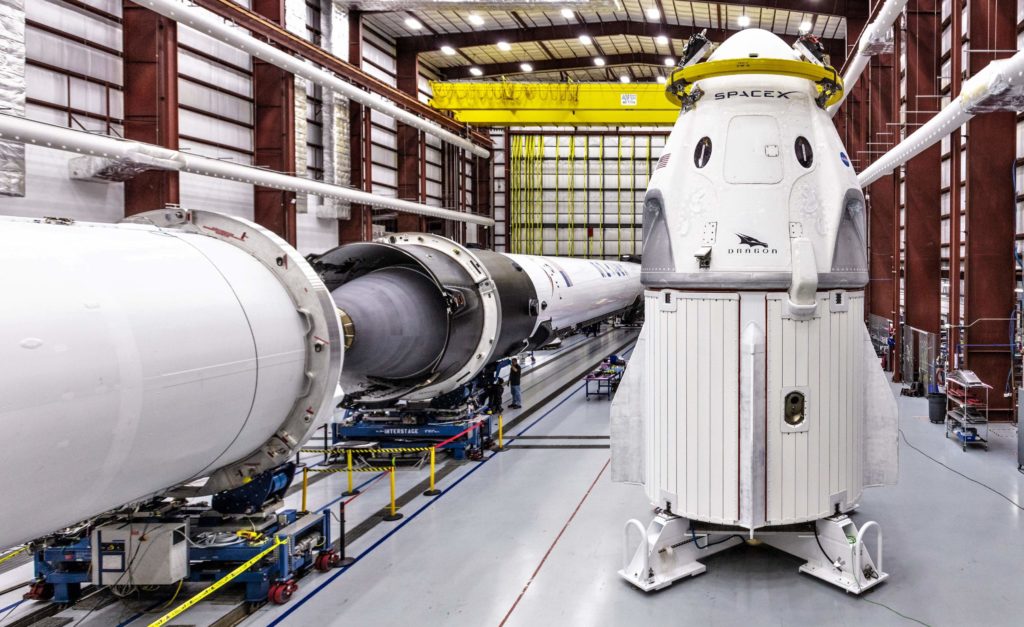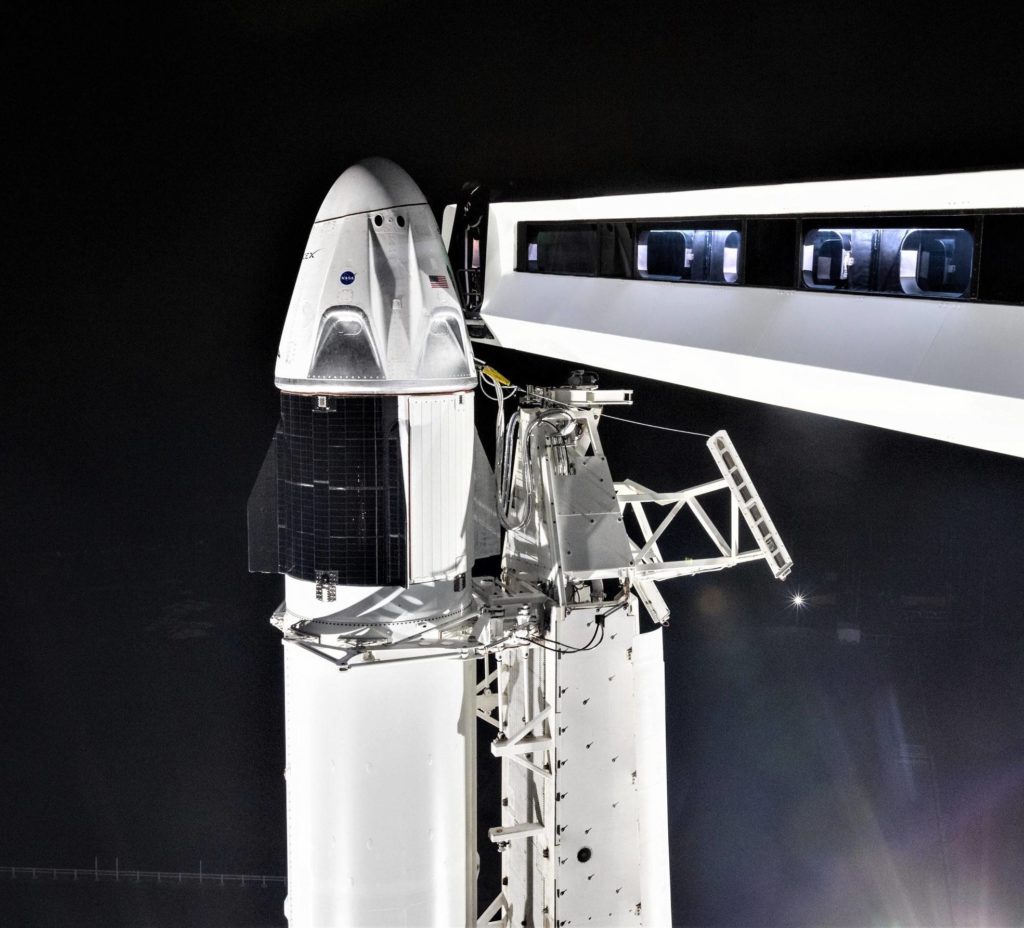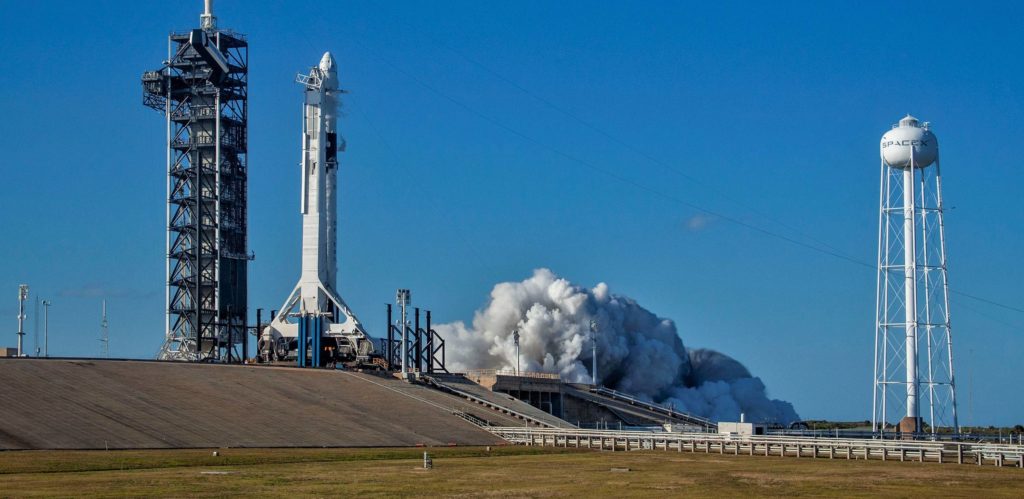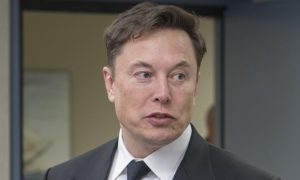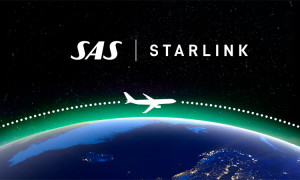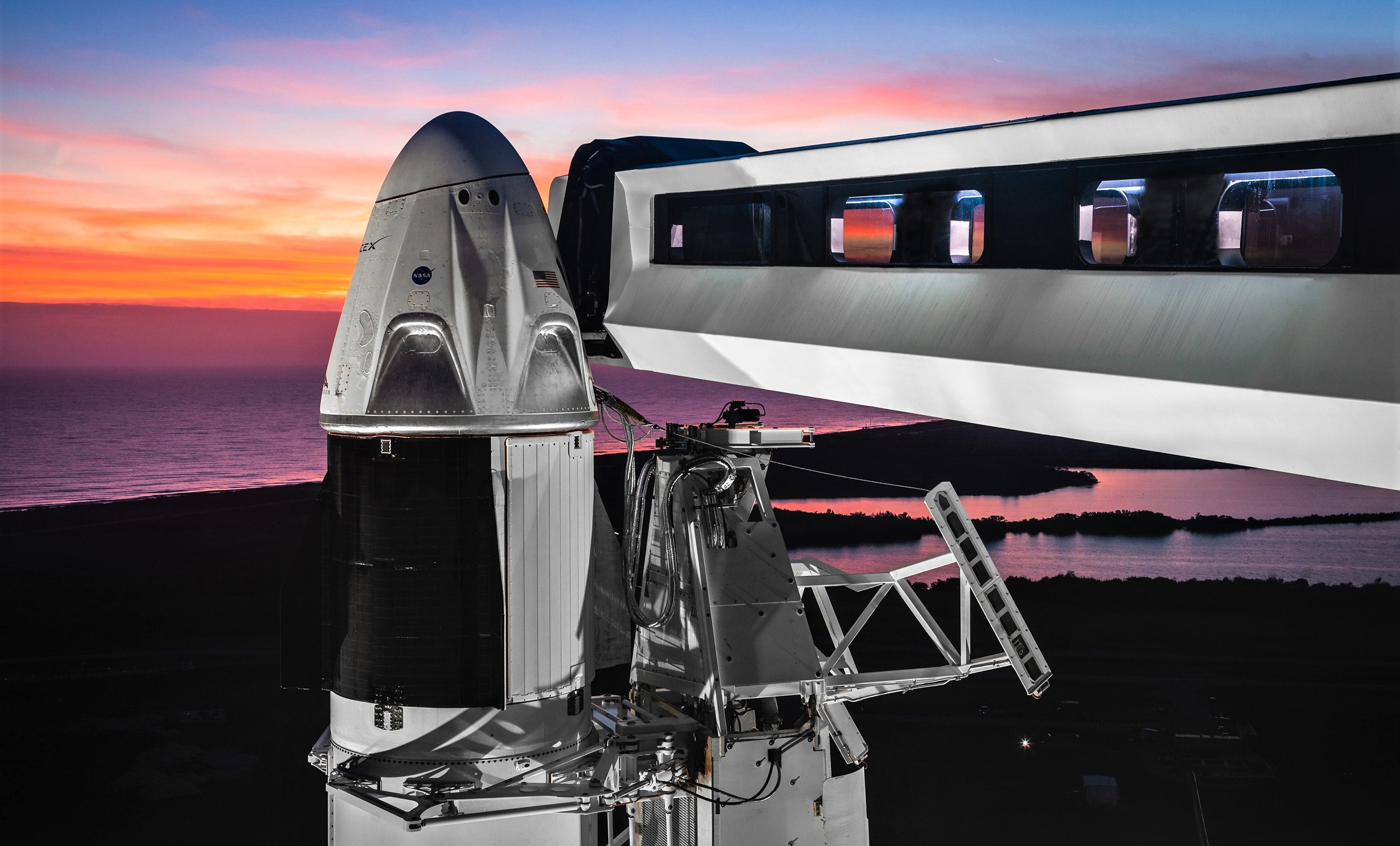

SpaceX
NASA and SpaceX will determine fate of Crew Dragon launch debut this Friday
Although the chances of additional delays are high, the orbital launch debut of SpaceX’s Crew Dragon spacecraft remains stoically targeted for 2:47 am EDT (07:47 UTC) on March 2nd, less than ten days from today.
Known as DM-1, the unproven SpaceX vehicle’s autonomous demonstration mission is a critical milestone along the road to assured US access to the International Space Station (ISS), without which NASA will be forced to continue procuring seats on Russian Soyuz missions with aggressively inflated price tags. If everything goes exactly as planned, a successful DM-1 could translate into the company’s first crewed launch as early as July 2019.
Targeting March 2 for Crew Dragon's first flight to the @Space_Station https://t.co/oJRtDhV3aL pic.twitter.com/lLw1FJHLvI
— SpaceX (@SpaceX) February 6, 2019
Following a nominal mission plan, the first spaceworthy Crew Dragon will dock with the ISS a little over 24 hours after launch (March 3rd) with around 180 kg (400 lb) of cargo for the station’s six-astronaut crew. Five days later (March 8th), Crew Dragon will depart from the ISS, detach its expendable trunk, and reenter Earth’s atmosphere for a soft landing in the Atlantic Ocean. Throughout these operations, ISS astronauts, NASA technicians and operators, and a range of SpaceX employees will conduct extensive observations and tests of the new spacecraft’s performance during all mission phases, ranging from on-orbit docking (a new technology for SpaceX) to Atlantic Ocean recovery operations.
Once the capsule has been extricated from the ocean, SpaceX’s spacecraft refurbishment technicians will be faced with an extraordinary challenge, upon which the date of Crew Dragon’s first crewed launch will directly hinge. Assuming splashdown ops are nominal and Dragon is returned safely to Florida, it’s safe to assume that SpaceX will transport the spacecraft to its Hawthorne factory, at which point its engineers and technicians will have roughly two months to prepare it for another launch. Known as an in-flight abort (IFA) test, SpaceX specifically opted to perform the spacecraft safety check despite the fact that NASA did not explicitly require its commercial providers (Boeing and SpaceX) to do so. SpaceX completed Crew Dragon’s pad abort test – required by NASA – almost four years ago, while Boeing will not perform an in-flight abort before launching astronauts and has its pad abort scheduled no earlier than (NET) May 2019.
- Falcon 9 B1051 has spent several months testing at SpaceX’s McGregor, Texas facilities in preparation for DM-1. (SpaceX)
- The first orbit-ready Crew Dragon spacecraft stands beside its human-rated Falcon 9, December 2018. (SpaceX)
- Crew Dragon shows off its conformal (i.e. curved) solar array while connected to SpaceX’s sleek Crew Access Arm (CAA). (SpaceX)
- SpaceX completed a successful static fire of the first Falcon 9 rated for human flight on January 24th. (SpaceX)
SpaceX’s IFA test is designed to verify that Crew Dragon is capable of safely extricating its astronaut passengers from a failing rocket at the point of peak aerodynamic (and thus mechanical) stress during launch, known as Max Q. Combined with a pad abort demonstration, where the above situation is replicated but with the rocket and spacecraft motionless on the launch pad, the engineering assumption is that successful aborts at both standstill and Max Q verify that a given spacecraft has proven that it can essentially abort and carry astronauts to safety at any point during launch.
“The launch scenario where an abort is initiated during the ascent trajectory at the maximum dynamic pressure (known as max Q) is a design driver for the launch abort system. It dictates the highest thrust and minimum relative acceleration required between Falcon 9 and the aborting Dragon … Dragon would separate from Falcon 9 at the interface between the trunk and the second stage… Under these conditions, the Falcon 9 vehicle would become uncontrollable and would break apart.” – SpaceX FAA permit, 2018
Aside from a boilerplate Merlin Vacuum engine on the second stage, SpaceX’s IFA test is set to fly on real Falcon 9 hardware that will almost certainly be consigned to total destruction at the point of abort, around 90 seconds after launch. SpaceX’s decision to expend an entirely flightworthy Falcon 9 Block 5 rocket – featuring a booster capable of supporting anywhere from 5-100 lifetime missions – is a tangible demonstration of the company’s commitment to crew safety above all else, although NASA will either partially or fully compensate SpaceX for the milestone. Set to occur no earlier than June 2019, the IFA schedule is explicitly constrained by the successful launch and recovery of Crew Dragon after DM-1 – any delays to that mission will likely translate into IFA delays, which will translate into delays for the first crewed mission (DM-2).

SpaceX’s Cargo Dragon engineers and technicians have a solid amount of experience refurbishing the spacecraft for cargo missions to the ISS, although the average turnaround for flight-proven capsules currently stands around 18-24 months, not exactly on the heels of the 2-3 months currently alotted for the first Crew Dragon. Thanks to the fact that the IFA Crew Dragon does not need to be refurbished to the standards of orbital flight for its second launch, it’s at least conceivable that that aspirational schedule is within reach. SpaceX’s first crewed demonstration mission (DM-2) could occur as early as one month after a successful IFA (July 2019), pending the completion of joint NASA-SpaceX readiness reviews.
Known as flight readiness reviews (FRRs), those joint reviews are no less significant for DM-1, even if they likely are underwhelmingly marked by a copious amount of slideshow presentations and sitting around tables in meeting rooms. The purpose of the reviews (at least nominally) is to essentially have SpaceX attempt to convince NASA (as empirically as possible) that they are ready to launch Crew Dragon. According to NASA, that review will end NET 6pm EDT (23:00 UTC) on February 22nd, followed one hour later by an official press conference featuring NASA and SpaceX officials.
Check out Teslarati’s newsletters for prompt updates, on-the-ground perspectives, and unique glimpses of SpaceX’s rocket launch and recovery processes!
News
SpaceX and Elon Musk explain potential reasons for Starship loss
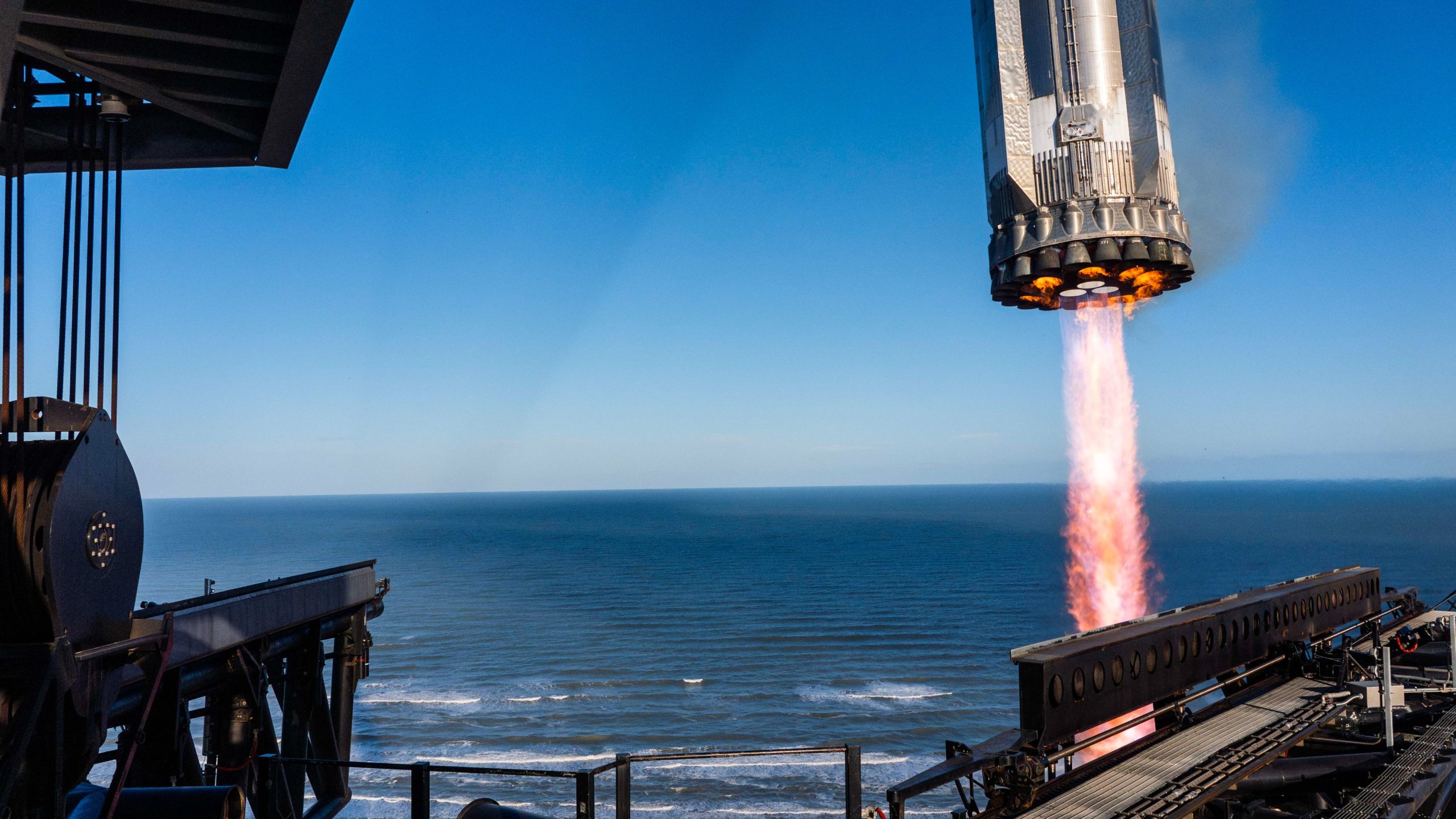
SpaceX and its CEO Elon Musk are starting to shed some light on the potential reasoning for the loss of Starship yesterday, which was lost after a successful launch and catch of the lower-stage booster.
Starship was lost during its ascension, and debris rained down over the Caribbean less than an hour after SpaceX lost all communication with the spacecraft.
A few hours after the launch was over, SpaceX started to shed some light after looking at preliminary data that the rocket left behind.
The company said that a fire developed in the aft section of Starship:
“Following stage separation, the Starship upper stage successfully lit all six Raptor engines and performed its ascent burn to space. Prior to the burn’s completion, telemetry was lost with the vehicle after approximately eight and a half minutes of flight. Initial data indicates a fire developed in the aft section of the ship, leading to a rapid unscheduled disassembly with debris falling into the Atlantic Ocean within the predefined hazard areas.”
Additionally, Musk said that there was some sort of oxygen or fuel leak in the cavity above the ship engine firewall.
The leak was evidently large enough to build more pressure than the vent was able to handle:
🚨Elon Musk has also said an oxygen or fuel leak in the cavity above the ship engine firewall could be the cause of the anomaly. https://t.co/BgLkdA9Kk1
— TESLARATI (@Teslarati) January 17, 2025
Some also seemed to recognize evidence of fires throughout the flight of Starship, which is obviously an anomaly:
Unconfirmed but what looks to be fire at the hinge of Starship’s flap. A potential RUD? We await as we get any confirmation from SpaceX.
They do not have comms with the spacecraft as this moment. pic.twitter.com/Cn1EF4AHpv
— Mihir Tripathy (@mihirneal) January 16, 2025
There will be more information regarding the loss of Starship in the coming days and weeks, but Musk already believes that a bit of fire suppression and more volume in the cavity above the ship engine firewall could fix the issue.
“Nothing so far suggests pushing next launch past next month,” he said, so Flight 8 could happen sometime in February.
Need accessories for your Tesla? Check out the Teslarati Marketplace:
- https://shop.teslarati.com/collections/tesla-cybertruck-accessories
- https://shop.teslarati.com/collections/tesla-model-y-accessories
- https://shop.teslarati.com/collections/tesla-model-3-accessories
Please email me with questions and comments at joey@teslarati.com. I’d love to chat! You can also reach me on Twitter @KlenderJoey, or if you have news tips, you can email us at tips@teslarati.com.
News
SpaceX completes second catch of lower stage, but loses Starship
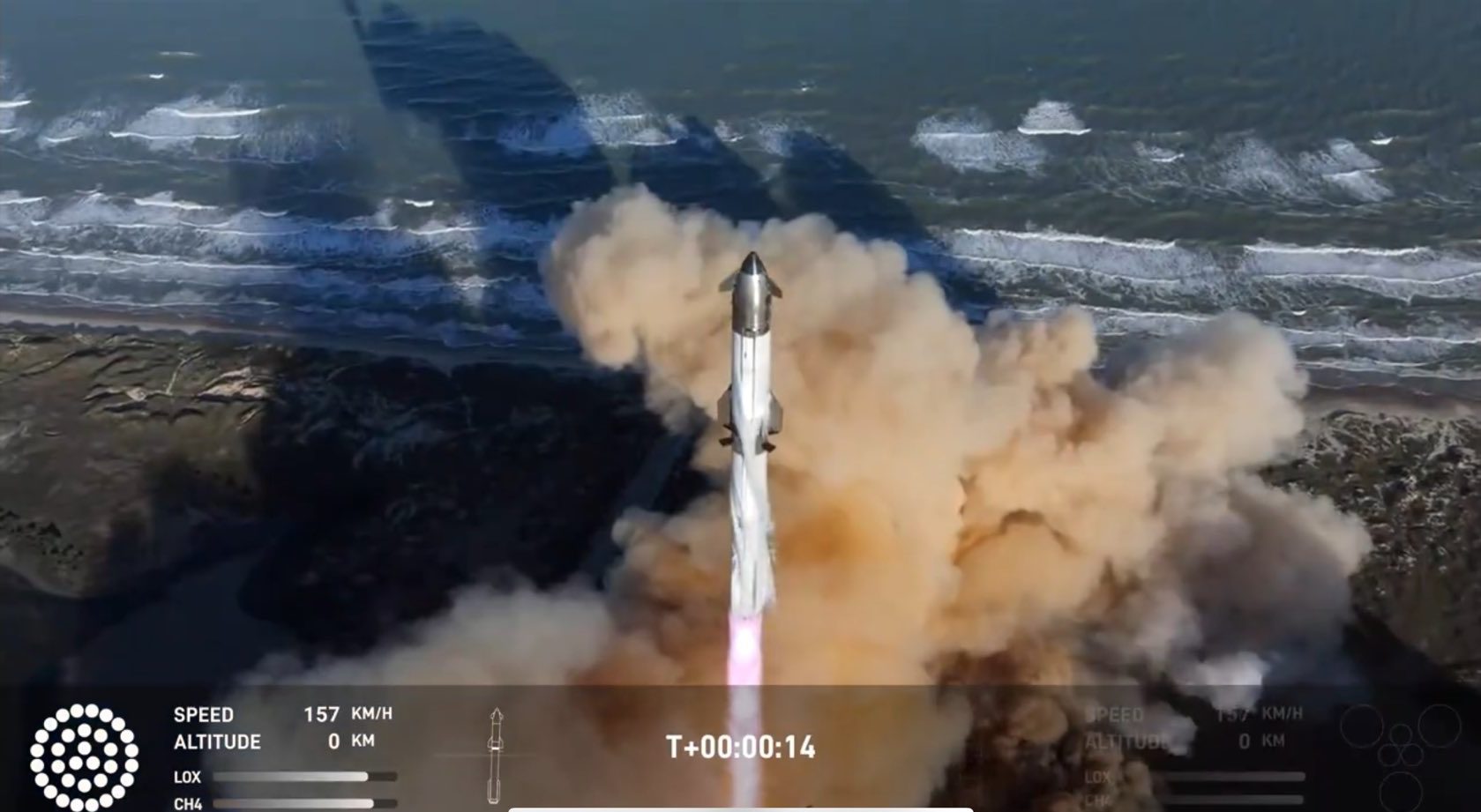
SpaceX completed its seventh launch of Starship on Thursday, accomplishing a clean liftoff and catch of the first-stage booster. However, the upper stage was lost after its ascent.
The launch took place just a few minutes after 5 p.m. on the East Coast, as the first attempts at getting Starship in the air for the seventh time were delayed by weather both last week and this week.
Conditions were favorable on Thursday as SpaceX looked to follow up a successful campaign by Blue Origin, Jeff Bezos’s company, earlier today.
SpaceX went into the seventh Starship launch with plans for a catch attempt of the first-stage booster, something it attempted and completed during the fifth test launch last year. It decided to skip a catch attempt with the sixth test flight as conditions were not aligned.
For now, SpaceX is extremely selective as to when it attempts catches.
However, it was successful during this attempt, its second completed catch:
🚨 🚀 Here is @SpaceX’s full catch of the Lower Stage Booster from Starship Flight 7! pic.twitter.com/IXIRAGr1Md
— TESLARATI (@Teslarati) January 16, 2025
This flight differed from previous launches as SpaceX rolled out several improvements to the rocket and the processes as it featured plans to do a Starlink deployment simulation and had various adjustments to flap placement and avionics.
These plans were disrupted by the fact that SpaceX lost all communications with Starship about ten minutes into the flight, which the aerospace company confirmed was a result of losing the spacecraft sometime during its ascent.
🚀🚨 Telemetry on Starship has been lost. All comms with the ship have been lost, and SpaceX’s livestream says this is an “anomaly.”
“We are assuming the ship has been lost.” pic.twitter.com/fyyCNuXVRg
— TESLARATI (@Teslarati) January 16, 2025
Although the catch was successful, the loss of the actual rocket seemed to be a huge damper on the entire event. SpaceX confirmed several minutes after the loss of communications that the rocket was destroyed and was lost.
It was its first failure since the second Starship launch in November 2023. SpaceX had no answers for why the rocket was destroyed and lost.
We will keep you updated in the coming days.
Need accessories for your Tesla? Check out the Teslarati Marketplace:
- https://shop.teslarati.com/collections/tesla-cybertruck-accessories
- https://shop.teslarati.com/collections/tesla-model-y-accessories
- https://shop.teslarati.com/collections/tesla-model-3-accessories
Please email me with questions and comments at joey@teslarati.com. I’d love to chat! You can also reach me on Twitter @KlenderJoey, or if you have news tips, you can email us at tips@teslarati.com.
News
SpaceX confirms next Starship launch target – Here’s when it will take off
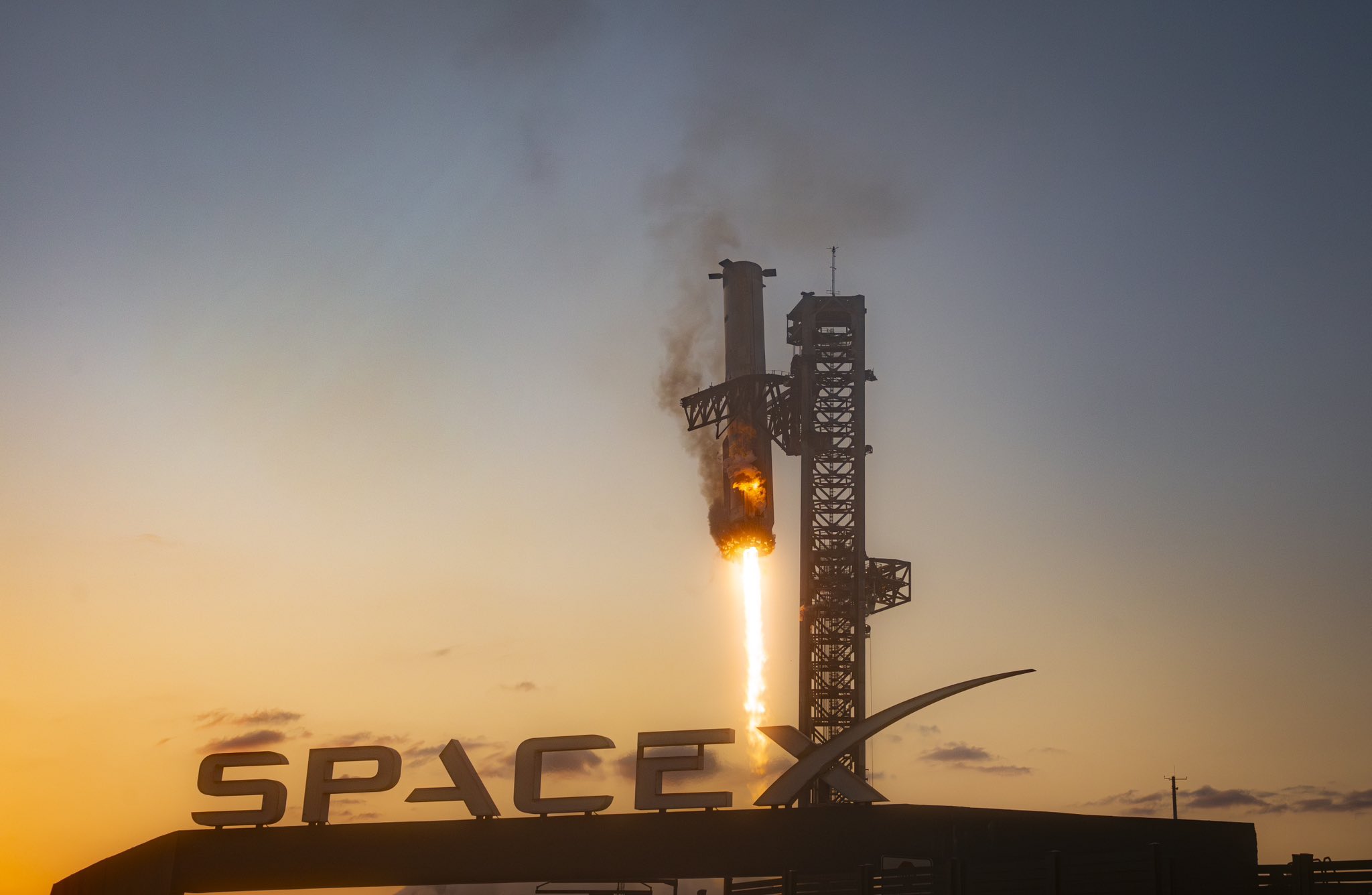
SpaceX has confirmed a new target date for the seventh Starship test launch after weather in Texas delayed the first scheduled date for “three or four days.”
The company is now targeting the launch for Monday, January 13, at 4 p.m. CST or 5 p.m. EST. The launch date is not set in stone as any variety of delays could impact this, but SpaceX hopes to finally take off after a delay that pushed it back from January 10.
🚨 STARSHIP LAUNCH DATE: @SpaceX says Starship’s 7th test flight is now targeted for Monday, January 13 at 4pm CST
— TESLARATI (@Teslarati) January 8, 2025
What’s new with this Starship launch
With this being the seventh test launch of Starship, there are several things that the company will change and hope to accomplish. All of these launches are done in preparation for eventually taking flight to Mars, something that will happen next year, according to CEO Elon Musk.
First, SpaceX is rolling out a next-generation ship with “significant upgrades.” Forward flaps have been made smaller and are repositioned away from the heat shield, which will “reduce their exposure to reentry heating.”
There is also a 25 percent increase in propellant volume, a new fuel feedline system for the Raptor vacuum engines, and a better-than-ever propulsion avionics module that will control the valves and reading sensors.
Avionics, as a whole, underwent a redesign and now have more capability and redundancy for missions as they become more complex.
Starlink test
SpaceX is also planning to deploy 10 Starlink simulators that are similar in size and weight to the next-generation Starlink satellites:
“While in space, Starship will deploy 10 Starlink simulators, similar in size and weight to next-generation Starlink satellites as the first exercise of a satellite deploy mission. The Starlink simulators will be on the same suborbital trajectory as Starship, with splashdown targeted in the Indian Ocean. A relight of a single Raptor engine while in space is also planned.”
Ship return and catch
There will be several experiments that have to do with returning Starship and various catch scenarios and sequences. One of which will see “a significant number of tiles be removed to stress-test vulnerable areas across the vehicle.”
The ship’s reentry profile was also intentionally designed to test the structural limits of the flaps while at the point of maximum dynamic pressure during reentry.
Currently, SpaceX did not detail whether it would attempt another catch during this test launch. These are usually game-time decisions.
Need accessories for your Tesla? Check out the Teslarati Marketplace:
- https://shop.teslarati.com/collections/tesla-cybertruck-accessories
- https://shop.teslarati.com/collections/tesla-model-y-accessories
- https://shop.teslarati.com/collections/tesla-model-3-accessories
Please email me with questions and comments at joey@teslarati.com. I’d love to chat! You can also reach me on Twitter @KlenderJoey, or if you have news tips, you can email us at tips@teslarati.com.

